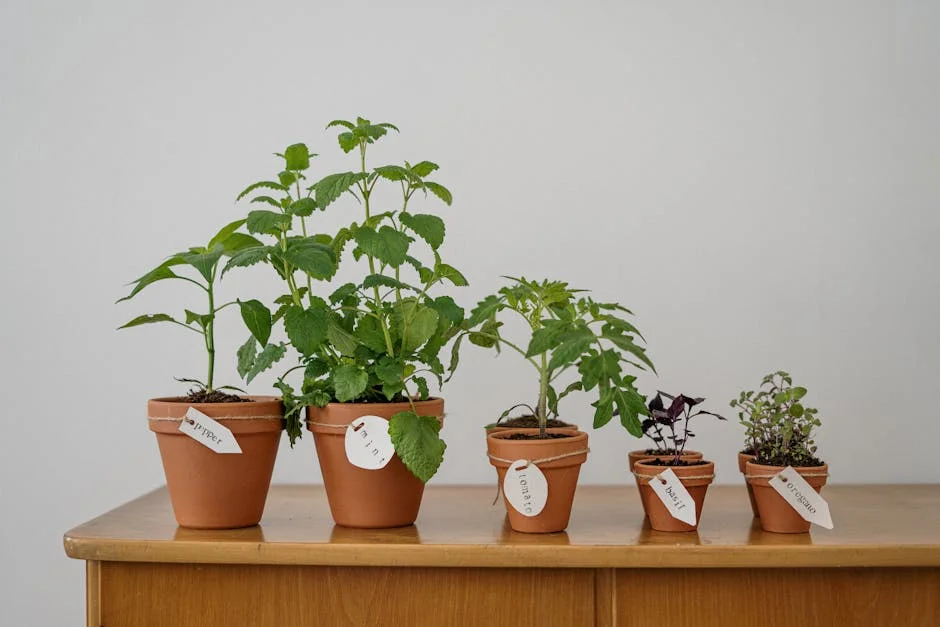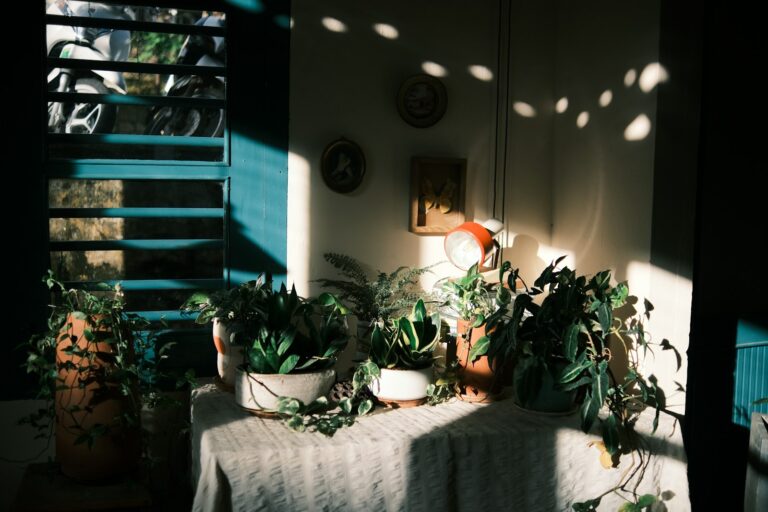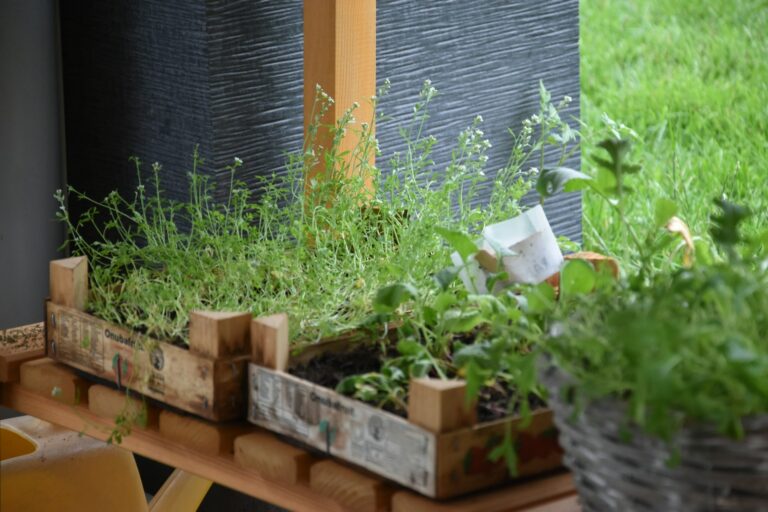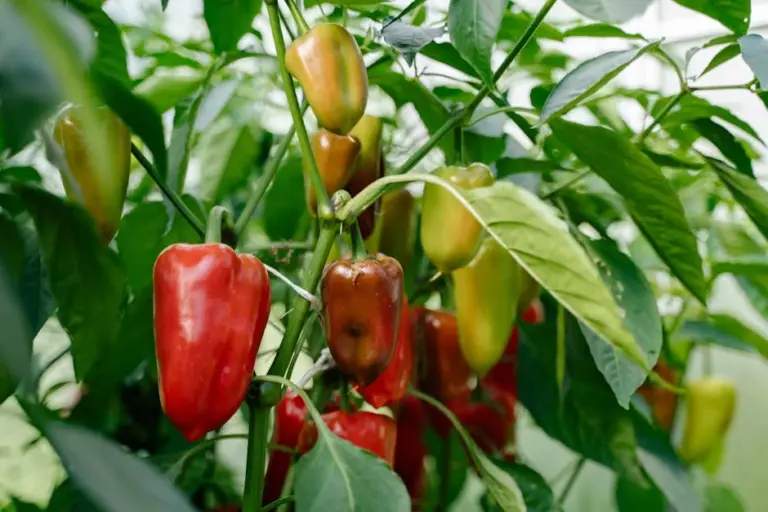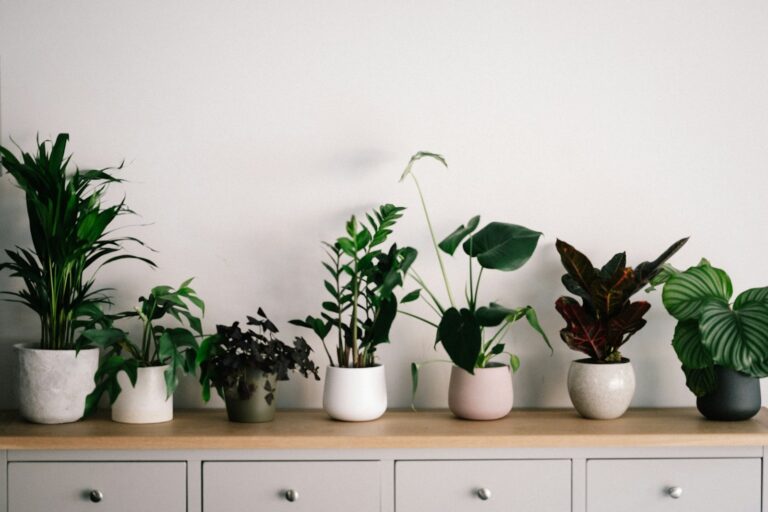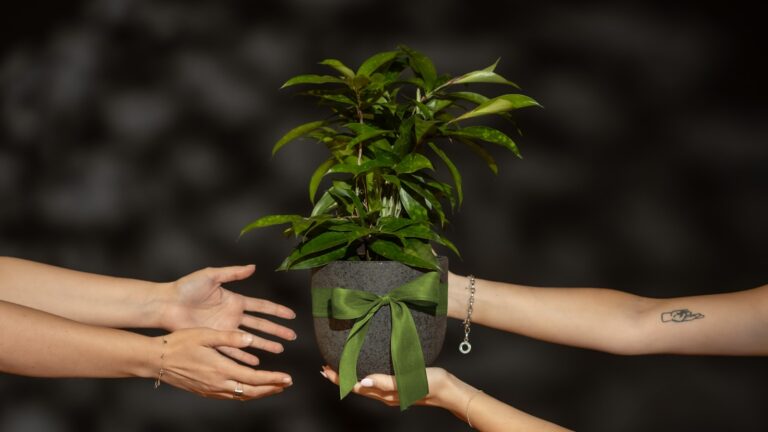How to Build a DIY Herb Garden in Your Kitchen for Fresh Flavors Year-Round
Creating a DIY herb garden in your kitchen is a simple way to keep fresh herbs within easy reach while adding a touch of greenery to your space. It’s a project anyone can enjoy, whether you have plenty of room or just a small countertop or windowsill.
Building your own herb garden lets you grow fresh, flavorful herbs right where you cook, making meal preparation easier and more enjoyable. You don’t need special skills or a big budget to get started, and it can be a fun and rewarding addition to your kitchen.
Choose a sunny kitchen windowsill for your herb garden
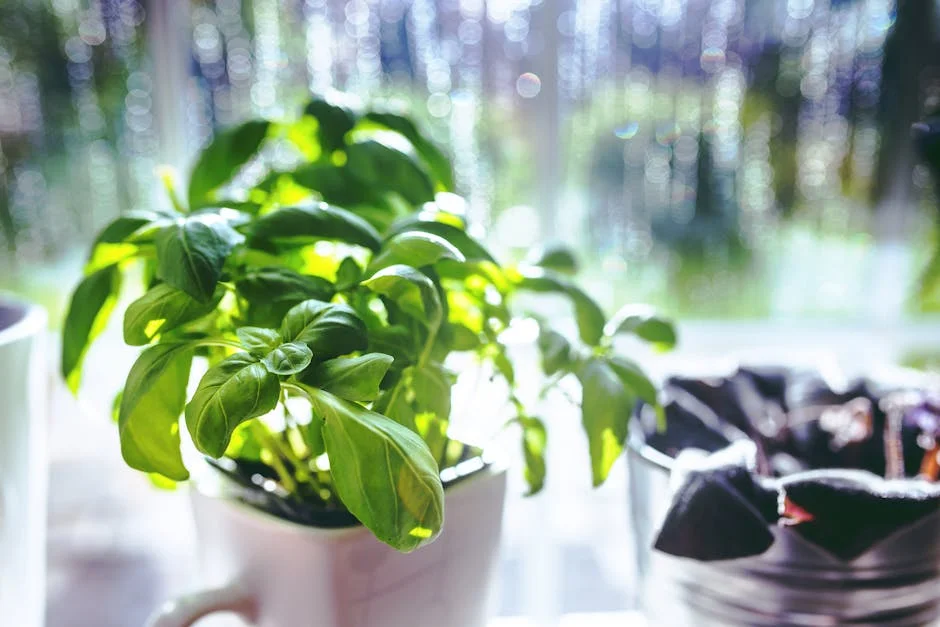
Pick a kitchen windowsill that gets plenty of natural light. Most herbs need at least 6 hours of sunlight a day to thrive.
If your kitchen doesn’t get enough sunlight, you can use grow lights to make up for it. This helps your herbs grow strong and healthy.
Make sure the space is warm and not drafty. Herbs prefer a stable environment, so avoid windows that get too cold or hot.
Select easy-grow herbs like basil, mint, and parsley

Choose herbs that are known for being easy to grow, especially if this is your first kitchen garden. Basil, mint, and parsley are great options because they thrive indoors with minimal care.
These herbs need a sunny spot, such as a windowsill that gets at least 4-6 hours of light. Mint is especially hardy and can even grow well in partial shade.
Basil loves warmth and regular watering but doesn’t like soggy soil. Parsley is forgiving and grows slowly, allowing you to enjoy fresh leaves over time.
Starting with these beginner-friendly herbs will help you build confidence and soon, you’ll have fresh flavors ready to use in your cooking.
Use small pots or recycled containers for planting
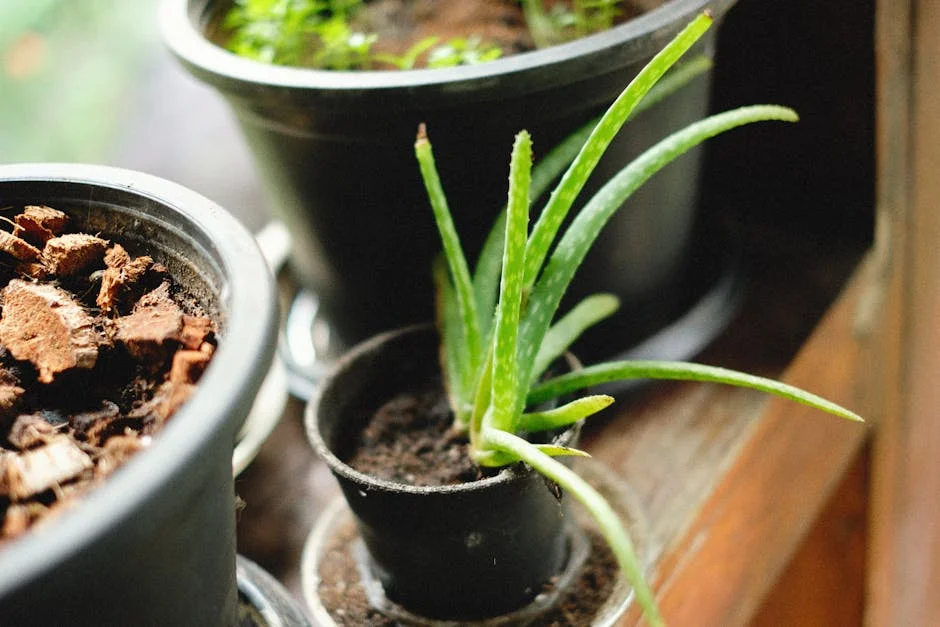
You can start your herb garden using small pots or recycled containers. Items like old tin cans, yogurt tubs, or wooden crates work well and save money.
These containers are easy to place on a kitchen windowsill or hang using ropes or wires.
Recycling materials reduces waste and helps you create a unique and personal garden space.
Just make sure each container has drainage holes to keep your plants healthy.
Using small pots allows you to grow multiple herbs in a compact area, perfect for your kitchen.
This approach keeps your garden low-cost, practical, and eco-friendly.
Prepare nutrient-rich potting soil with good drainage

You’ll want a potting mix that holds nutrients and drains well to keep your herbs healthy. Start with a base of quality potting soil from a garden center or mix your own using pine bark, peat, and some compost or manure.
Add ingredients like lava rock or pea gravel to improve drainage. Good drainage prevents roots from sitting in water, which can cause rot.
Mixing in organic matter like compost or humus supplies nutrients your herbs need. Keep the texture light and airy to help roots breathe.
This balance of drainage and nutrients will give your kitchen herbs the best start.
Plant seeds or starter herb plants carefully
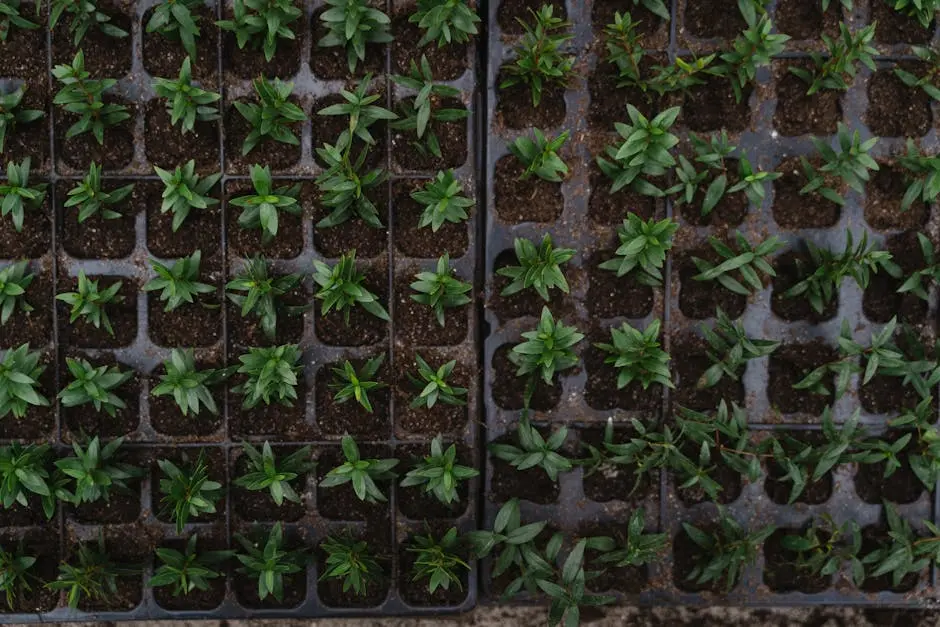
Start by choosing healthy seeds or young herb plants from a trusted source. If you use seeds, plant them according to the depth instructions on the packet to give them the best chance to sprout.
When using starter plants, gently loosen their roots before placing them in your pots. Make sure you use well-draining soil designed for herbs to avoid waterlogging.
Space your plants so they have room to grow without overcrowding. Water them lightly after planting, keeping the soil moist but not soggy to help roots settle in.
Label each herb with cute DIY tags
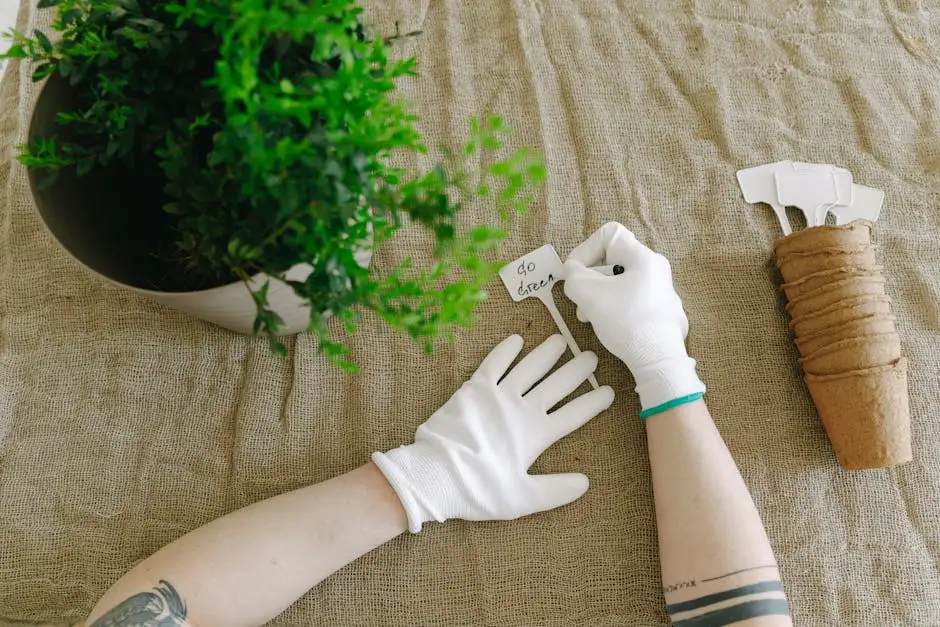
Labeling your herbs helps you keep track of what’s growing and makes your kitchen garden look charming. You can create simple tags using popsicle sticks, mason jar lids, or scrabble tiles.
Get creative with materials like Washi tape or polymer clay to make your markers unique. Writing the herb names clearly keeps your garden organized and helps when cooking.
Placing your tags right in the pots or herb containers makes it easy to identify each plant quickly. Plus, homemade labels add a personal touch and brighten up your kitchen space.
Water your herbs regularly but avoid overwatering

You should keep your herb soil consistently moist, but not soggy. Herbs need water to thrive, yet too much can cause root rot or other problems.
Check the soil’s top inch before watering. If it feels dry, it’s time to water. If it’s still damp, wait a day or two.
Good drainage is key. Make sure your pots have holes to let excess water escape. This helps prevent waterlogged roots and keeps your herbs healthy.
Set up a simple drip irrigation system for convenience

You can make watering your indoor herb garden easier by setting up a simple drip irrigation system. It delivers water slowly and directly to the soil, keeping your herbs consistently moist without overwatering.
Start with basic materials like small tubing, drip emitters, and a water source. Connect everything so water flows gently to each pot.
This system saves you time and helps your herbs stay healthy, especially when you’re busy or away. It also uses water efficiently, which is great for both your plants and the environment.
Place a small fan nearby to improve air circulation

You can help your indoor herbs thrive by placing a small fan nearby. This keeps the air moving, which reduces the chances of mold and pests.
Position the fan so it gently circulates air around the plants without blowing too hard. Too much direct airflow can dry out the leaves.
Make sure the fan is not too close to avoid damaging delicate herbs. A light breeze mimics natural outdoor conditions and helps your garden stay healthy.
Harvest herbs by pinching off leaves to encourage growth
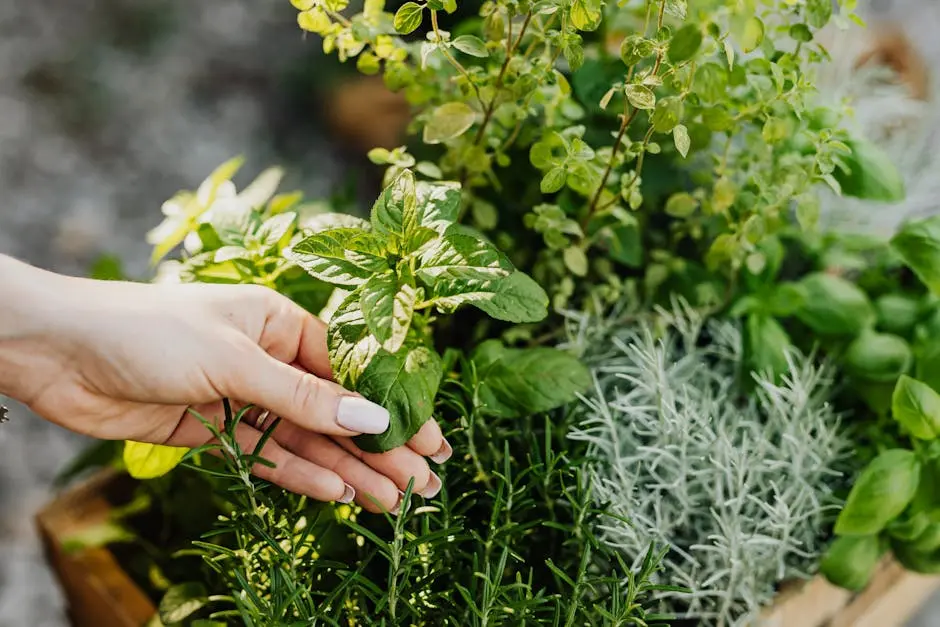
Pinching off the top leaves of your herbs with your fingertips is an easy way to keep plants healthy. This simple action encourages your herbs to grow fuller and bushier.
When you pinch, you stop the plant from focusing on flowers and seeds, so it puts energy into growing more leaves. This means you’ll get more to harvest over time.
Try pinching regularly, especially on bushy herbs like basil and mint. Just pinch above a leaf node to help your herbs produce fresh new shoots. It only takes a few minutes and helps your kitchen garden thrive.

